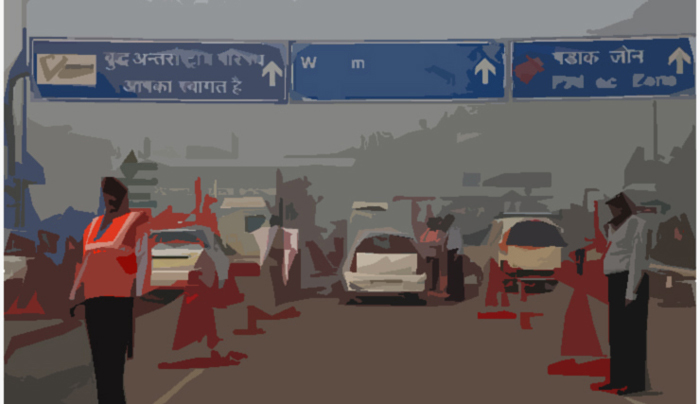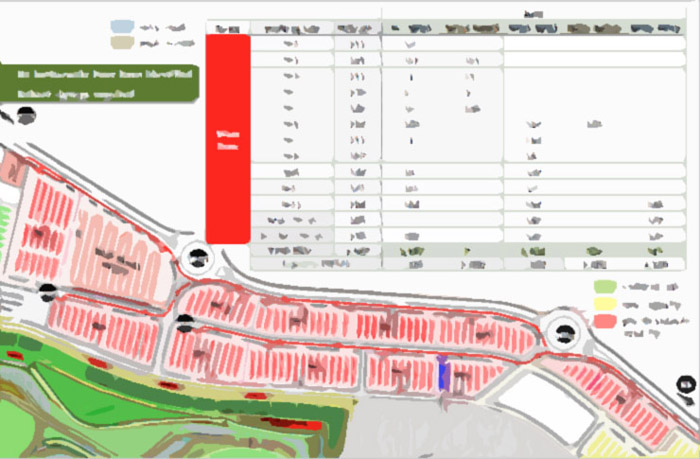Supporting transport and traffic planning for the top international motor event

Our client had undertaken for the first time the world’s most prestigious motor event in a brand new circuit. A venue of capacity greater than 100 000 was under construction along with the circuit for an investment that exceeded 400 million $.
The venue is located at considerable distance from the neighboring mega city, lacking public transport connectivity. Our client wanted to ensure the smooth, unimpeded and timely transportation of more than 100 000 spectators to the event.
The way to problem solvingOur team worked with the client capitalizing on our multi-sport event experience, suitably adapted to the challenges of the local transport and traffic environment, and fully respecting the transport preferences of local residents. Our targeted advisory services included spectator transport planning, transport facility design, route planning, demand management, development of traffic management measures, and design of the transport and traffic command, control and coordination (C3) scheme.
As a first step, we reviewed the existing transport concepts and we set the principles and objectives for robust transport and traffic planning for the event. Subsequently, we defined the mix of transport options to be available to spectators, including Park-and-Walk facilities, Park-and-Ride facilities, exclusive bus services from major origins of the nearby metropolis, and limited taxi services.
For the selected transport mix, we developed a demand model to estimate -among others- spectator demand per available transport mode per day, session, and time of day and peak spectator arrivals and departures per day and session.
The results of the demand model were used to establish the master plan of all car and bus parking facilities that served the circuit, to analyze critical and adjacent road networks and to design the service specifications for the bus network (including exclusive bus services from the city and Park-and-Ride shuttles).
Our work also covered the detailed facility design of car and bus parking areas (including plans and drawings), vehicle and pedestrian flows, as well as appropriate staff and signage requirements.

We also focused on traffic planning to address all identified bottlenecks in the road network (external or internal to the circuit). Based on the peak hourly vehicle flows per circuit zone, we developed alternative routing scenarios and evaluated them with respect to the capacity of the access road network. Using this methodology, we arrived to the preferred routes for spectator arrivals and departures. The routing work was also extended to the area inside the circuit and was complemented by proposed traffic and parking measures and restrictions, signage plan and workforce deployment.
In terms of managerial initiatives, our work contributed to the development of a robust parking and bus reservation system for all ticketed spectators of the event. We first proposed the idea of a dedicated reservation system to management, and we developed the detailed specifications for this new system. The latter was implemented within three months from initial inception. The ability provided to spectators to efficiently pre-plan their trip, facilitated considerably transport to/from the circuit throughout the event.
Finally, our responsibilities included the development of a tailored transport command, control and communication (C3) scheme for the event. We focused on supporting effective communication between units responsible for the delivery of transport and traffic operations, on the provision of appropriate responses to incidents and risk mitigation, as well as on efficient reporting as a tool for capturing lessons learnt.
ImpactOur client succeeded in staging a memorable event for the first time in a brand new circuit. Thousands of motor fans from all over the country and abroad, as well as media representatives and VIP guests remained impressed with the transport and traffic arrangements for the event, first ever of this scale.
Staging of the event in subsequent years is expected to build upon lessons learnt in order to fine tune operations.
Back
